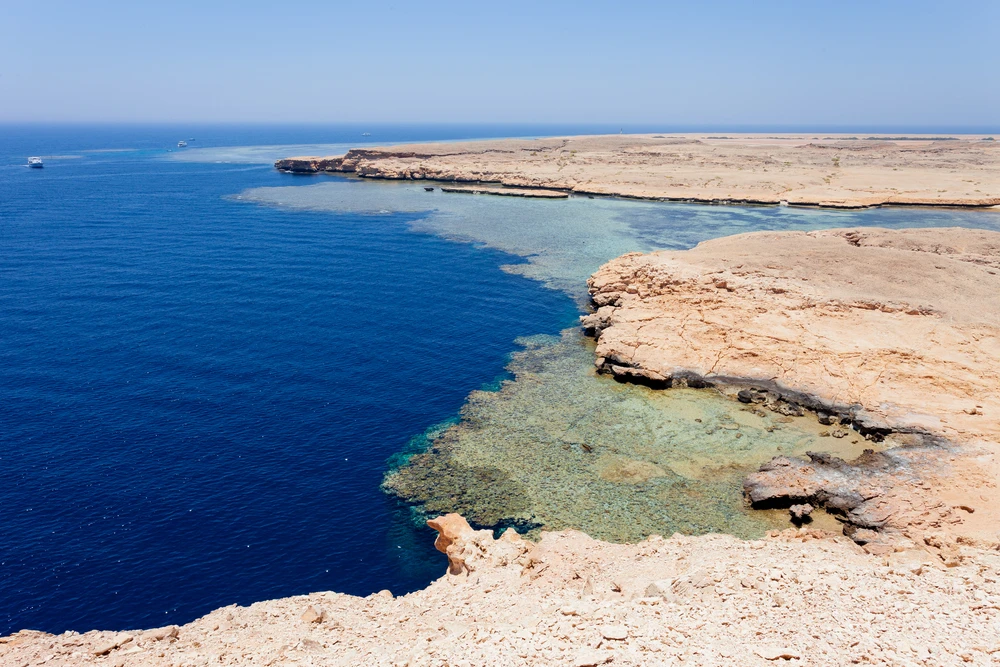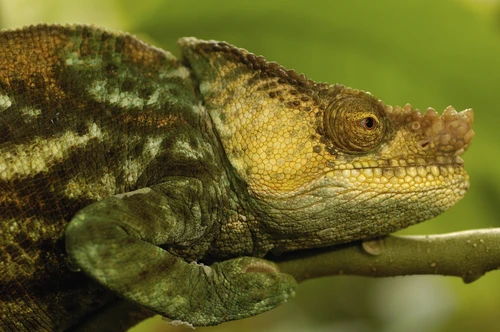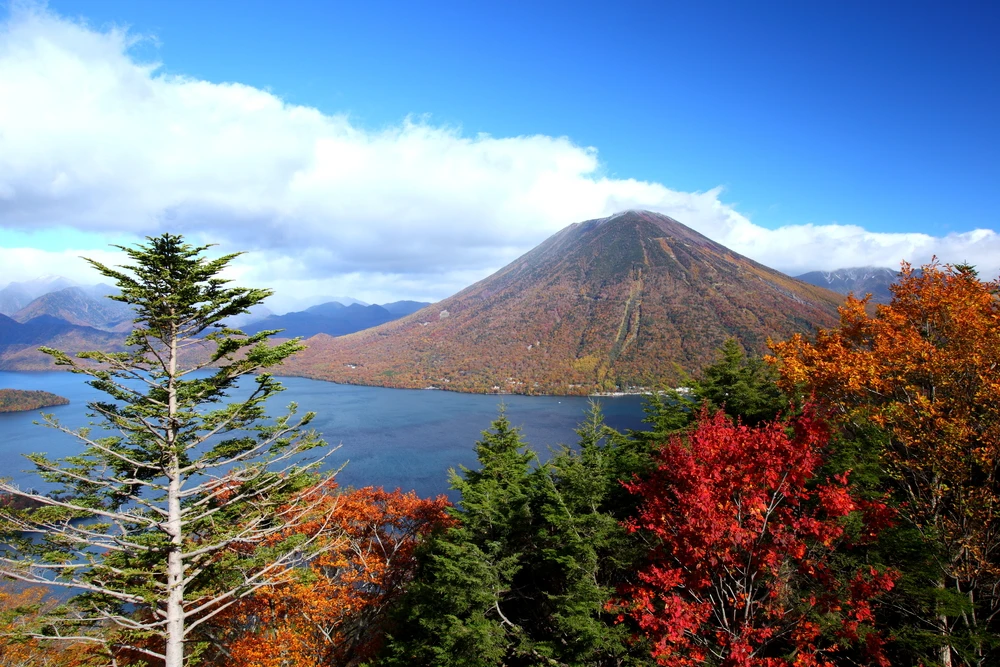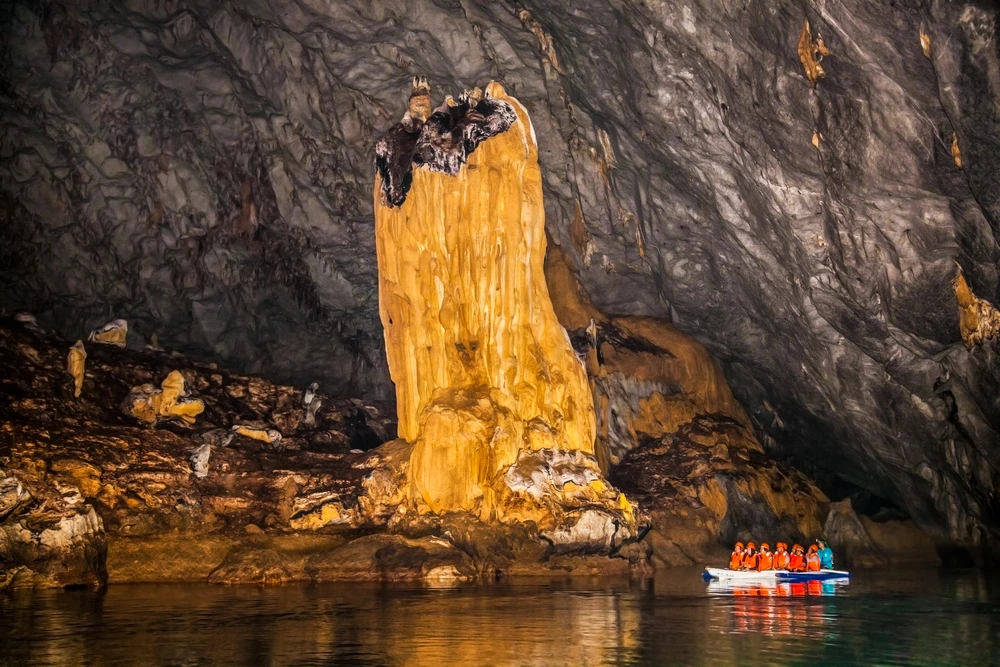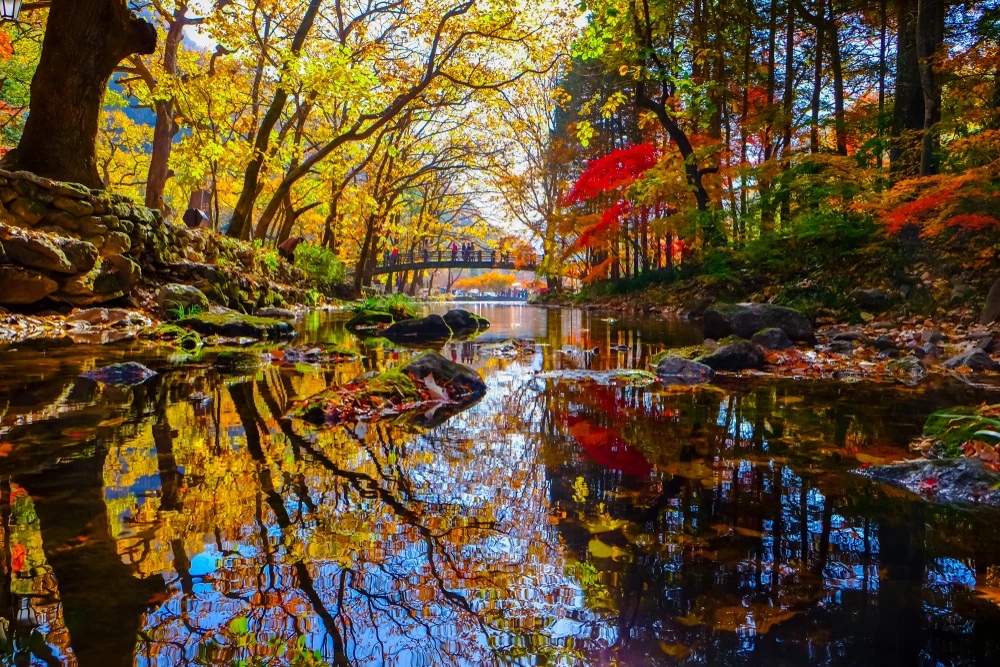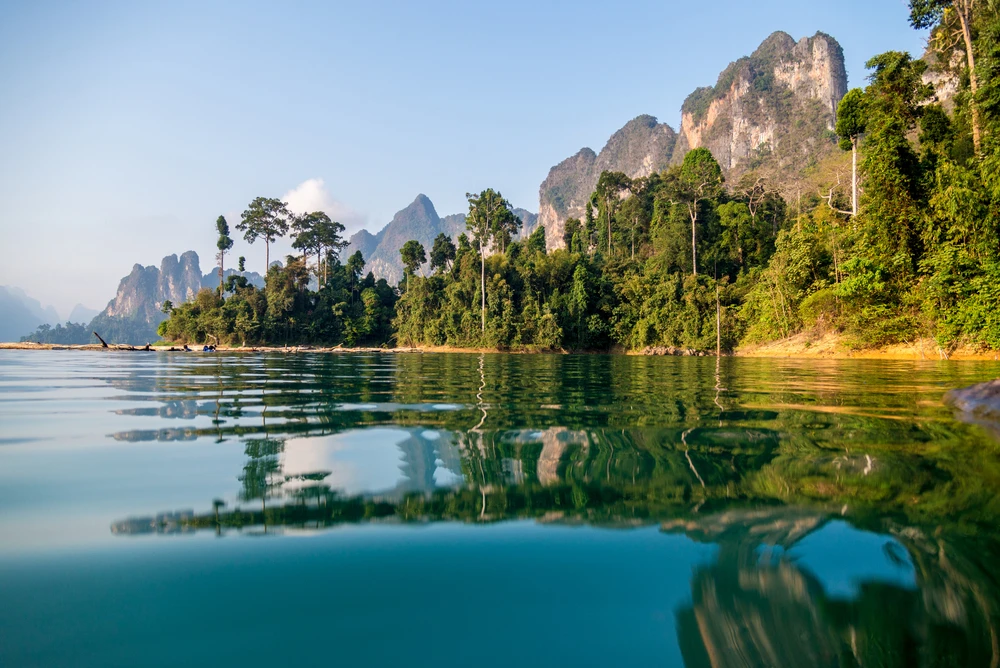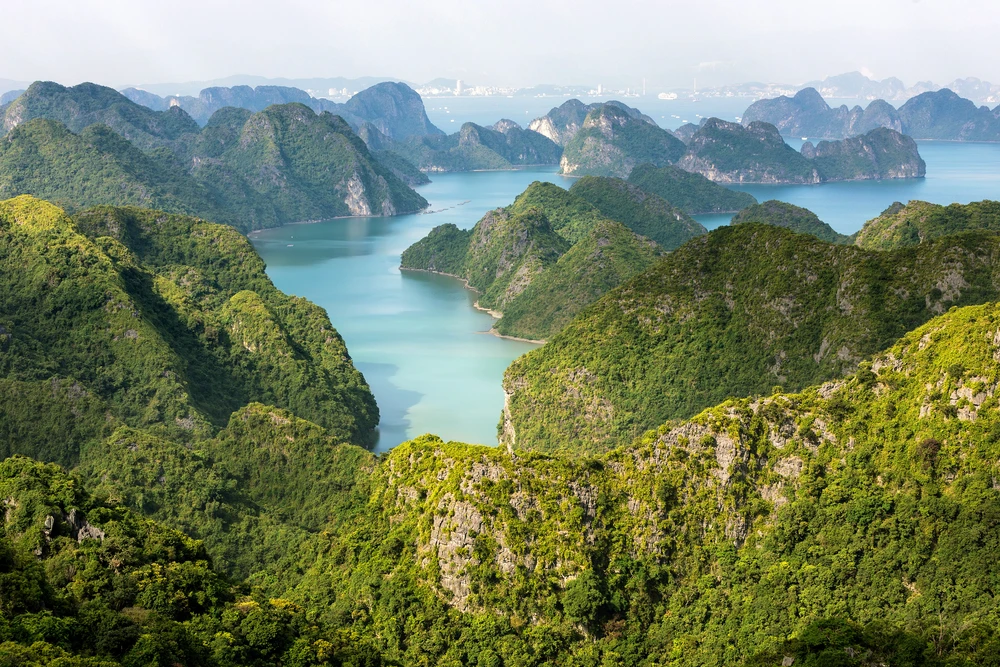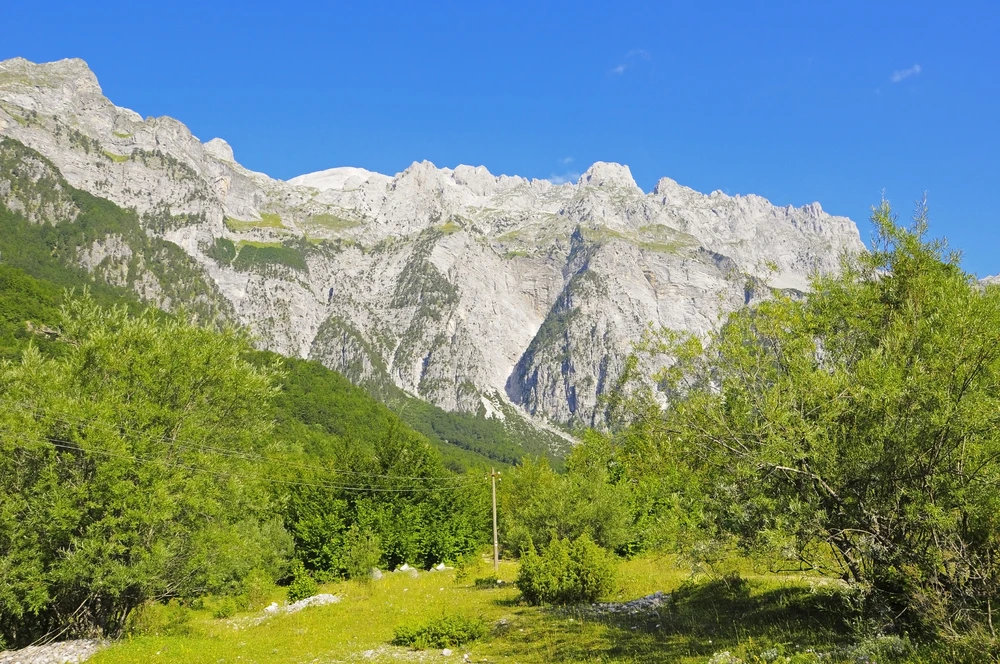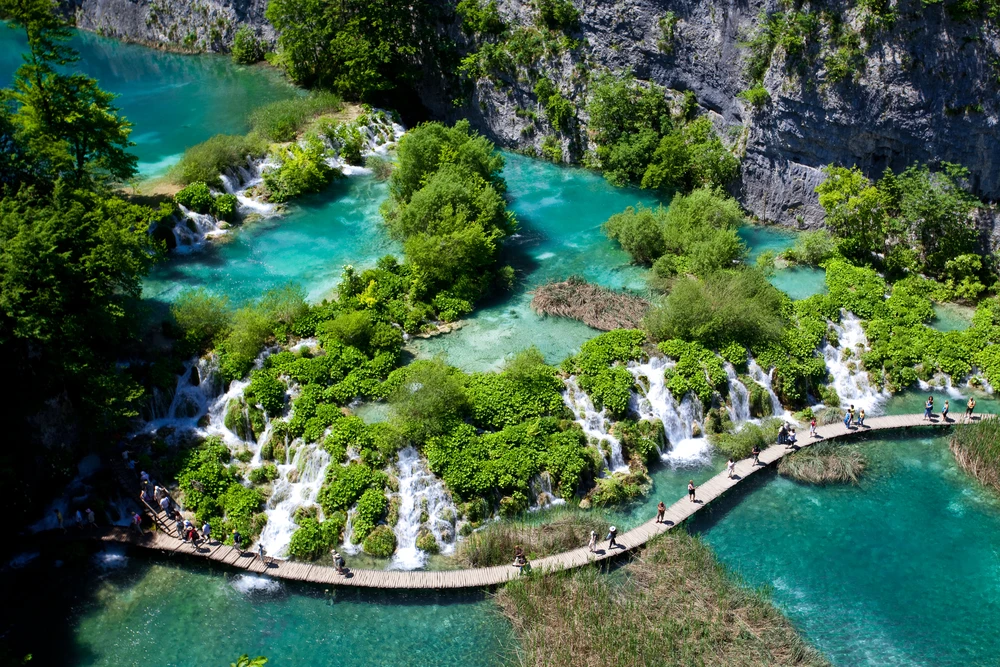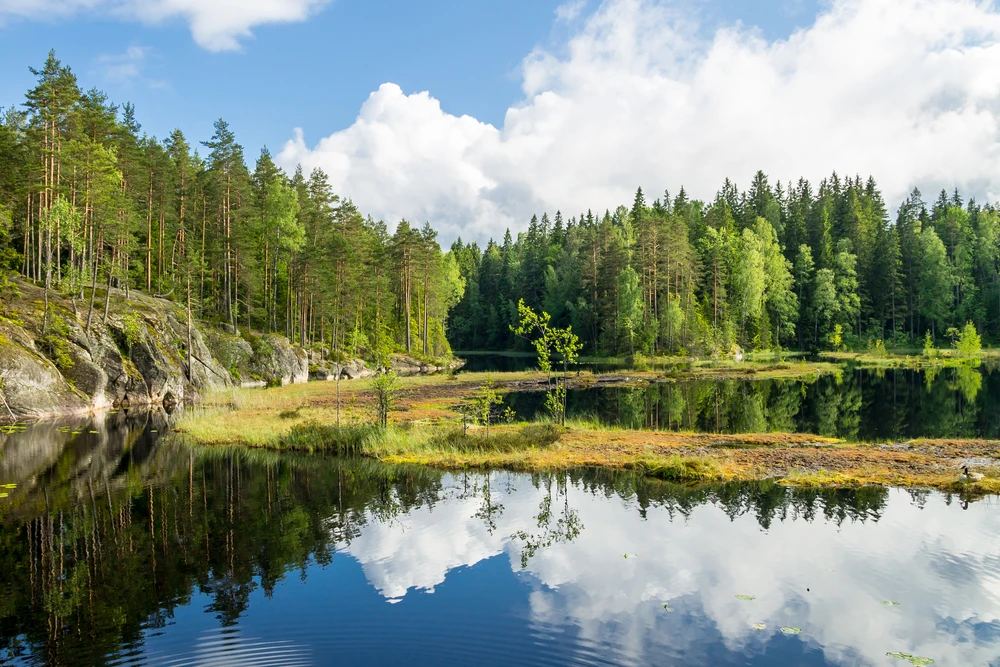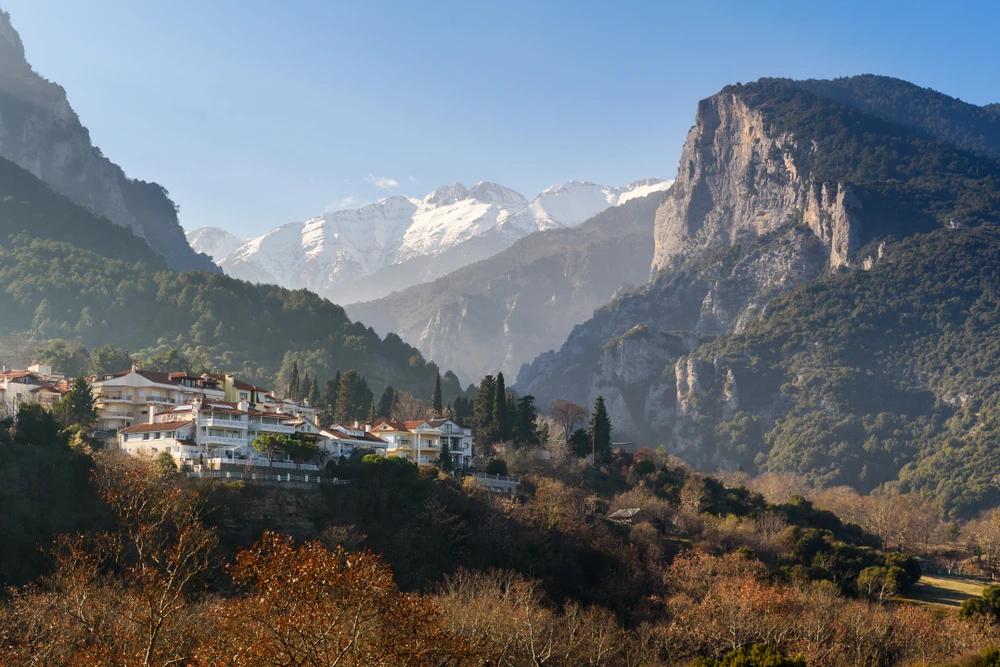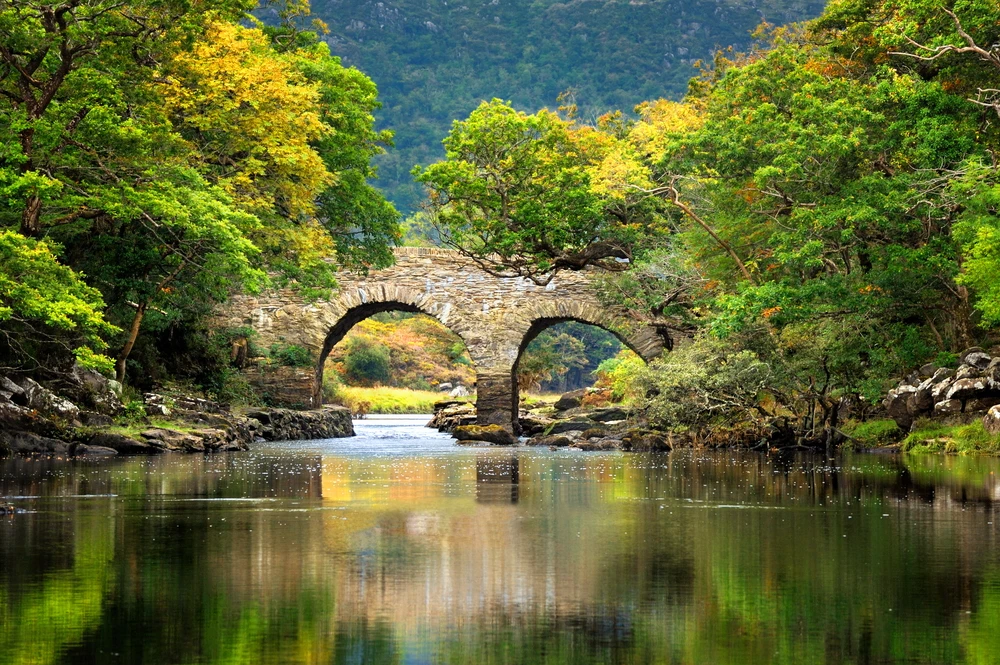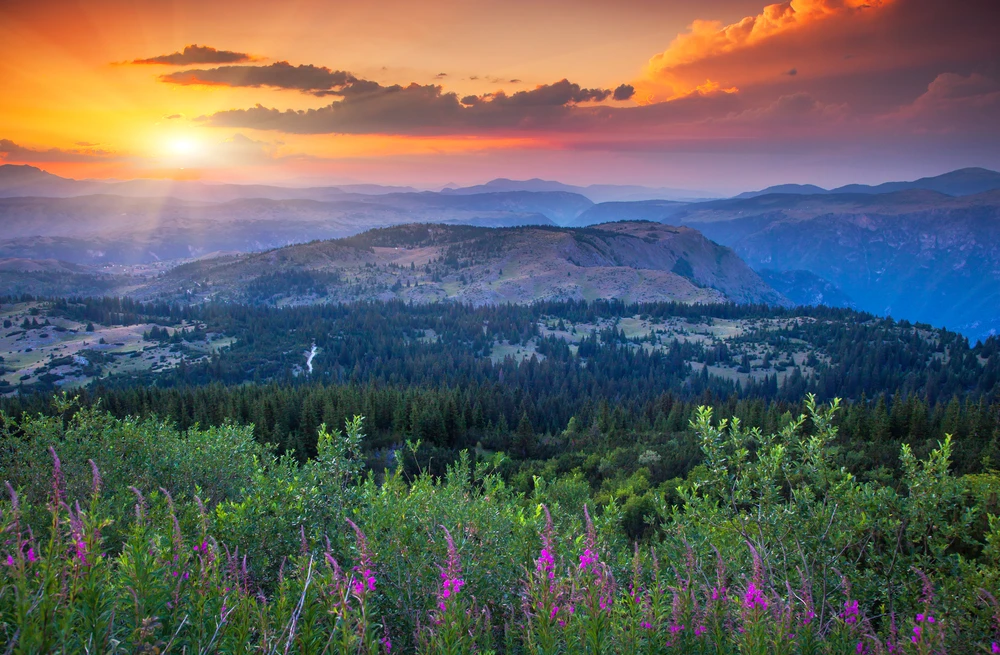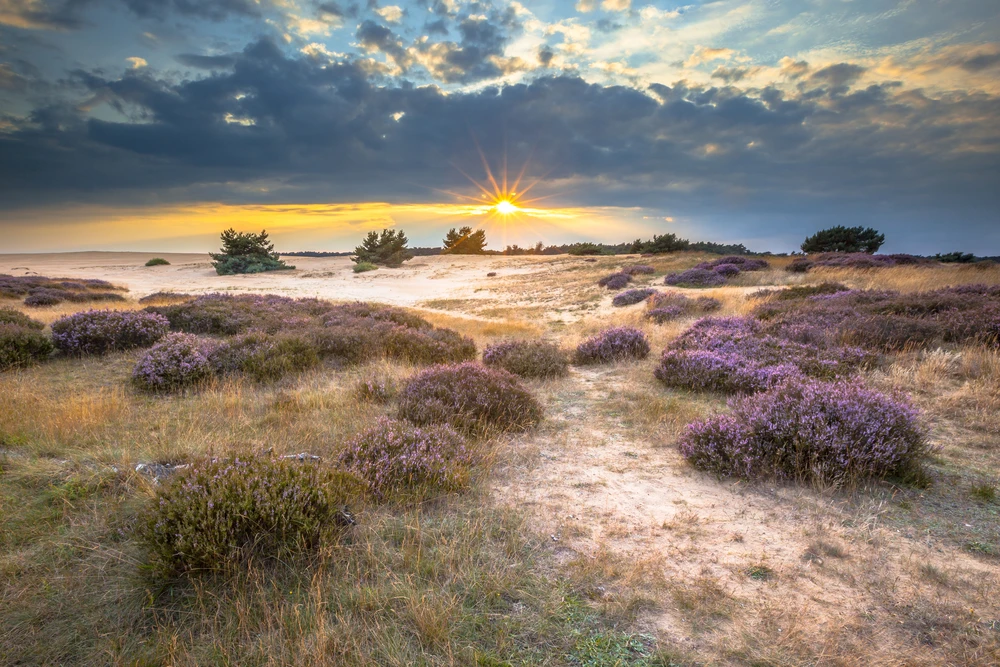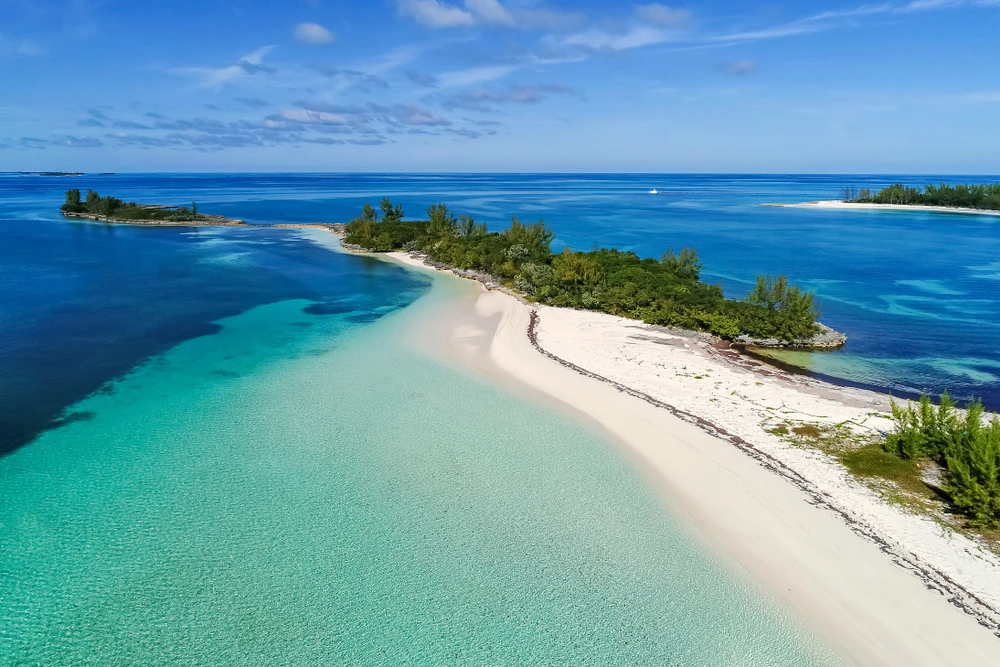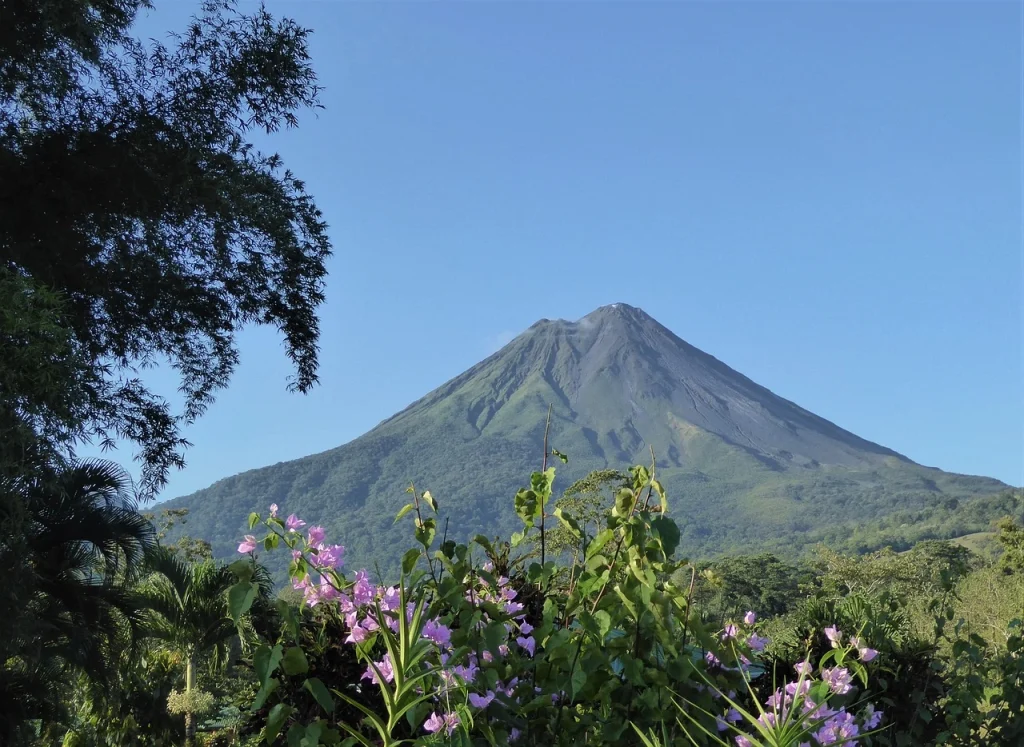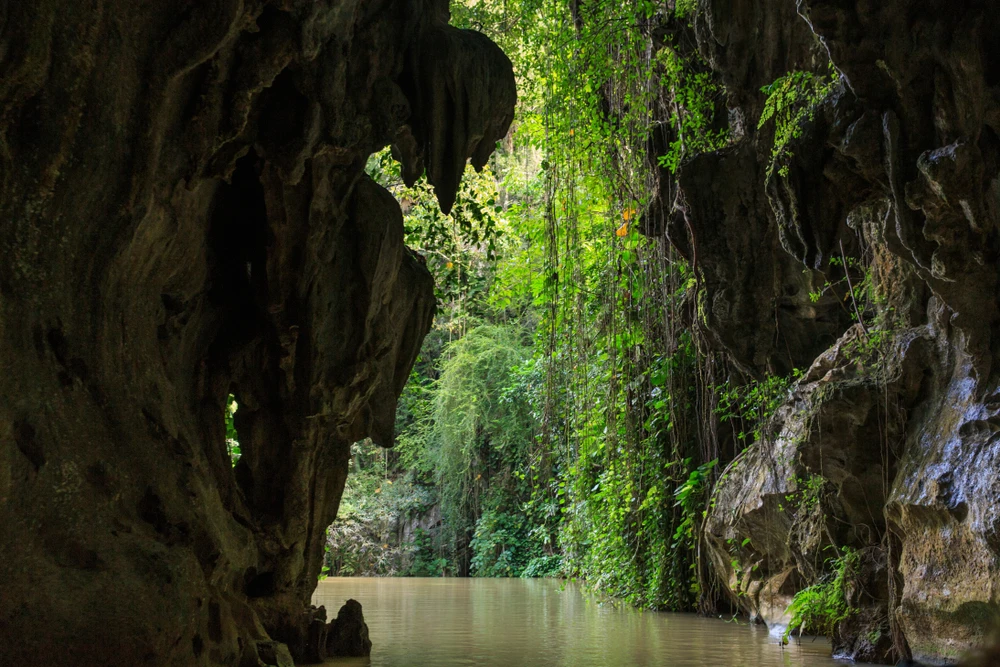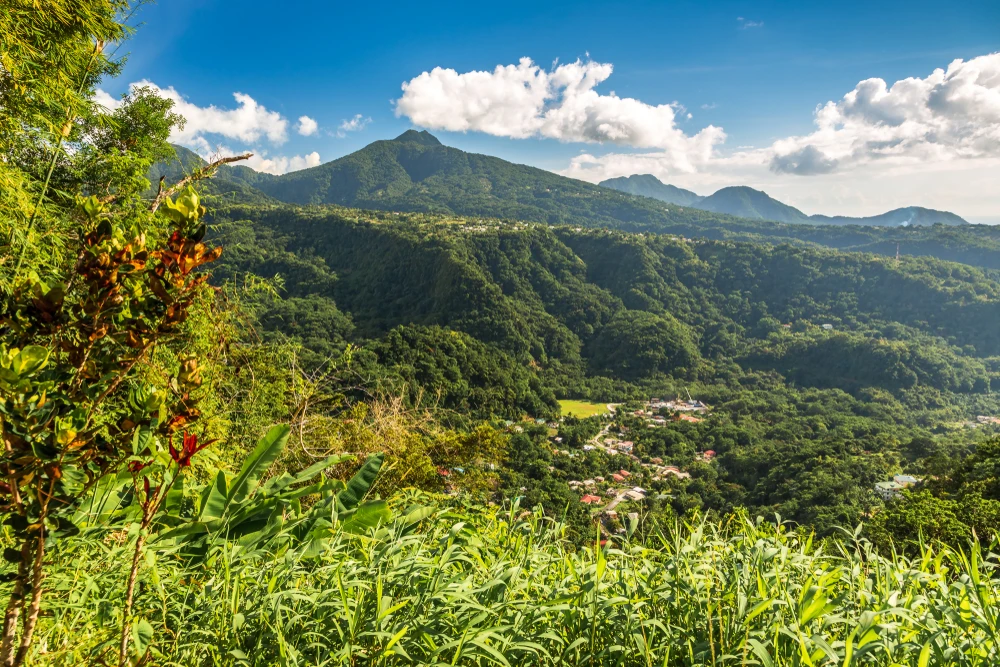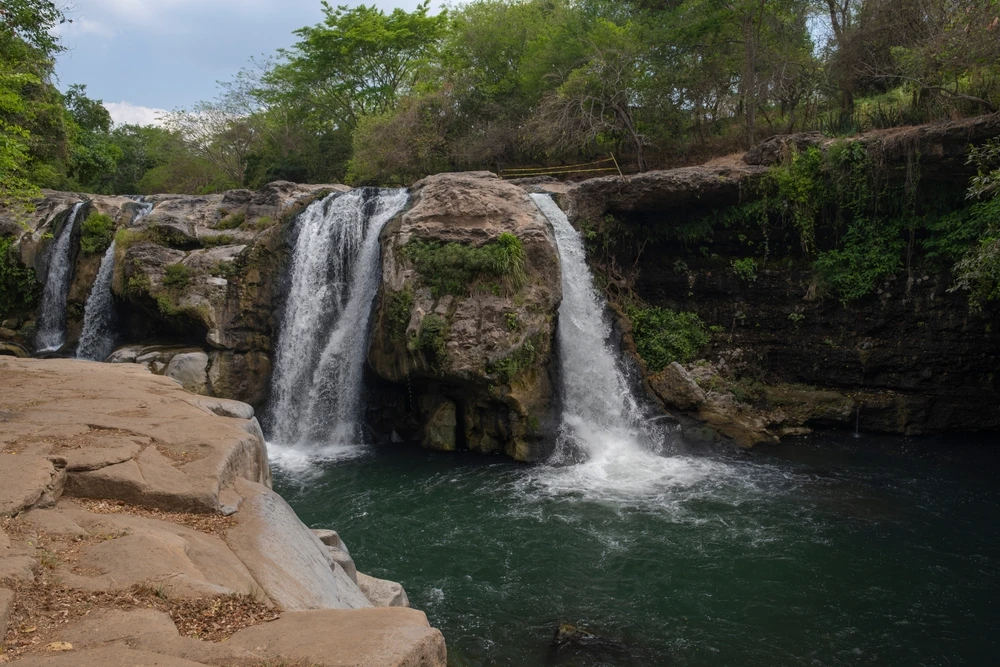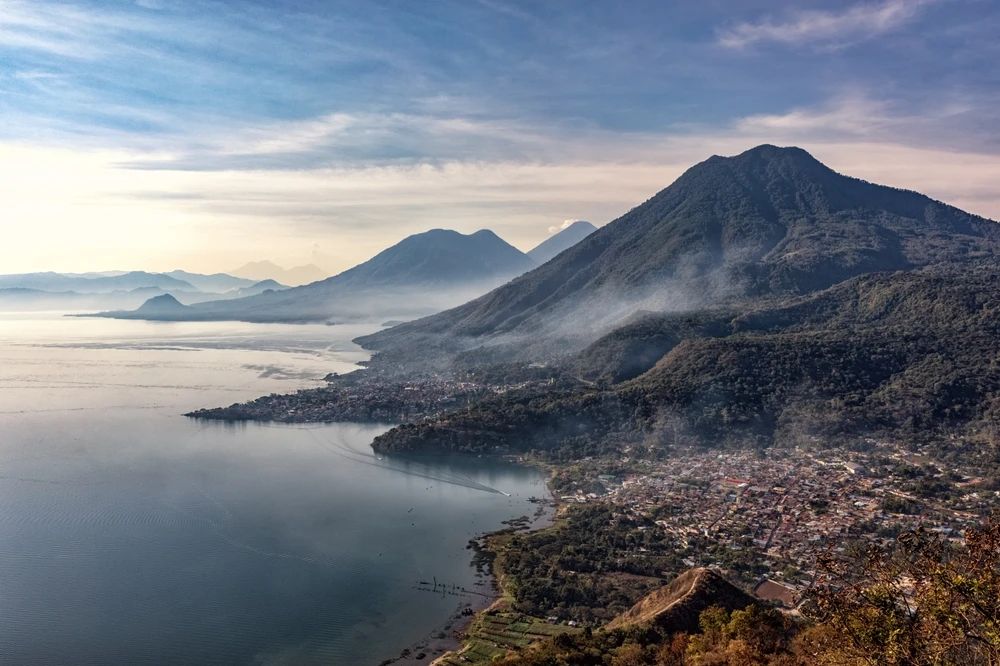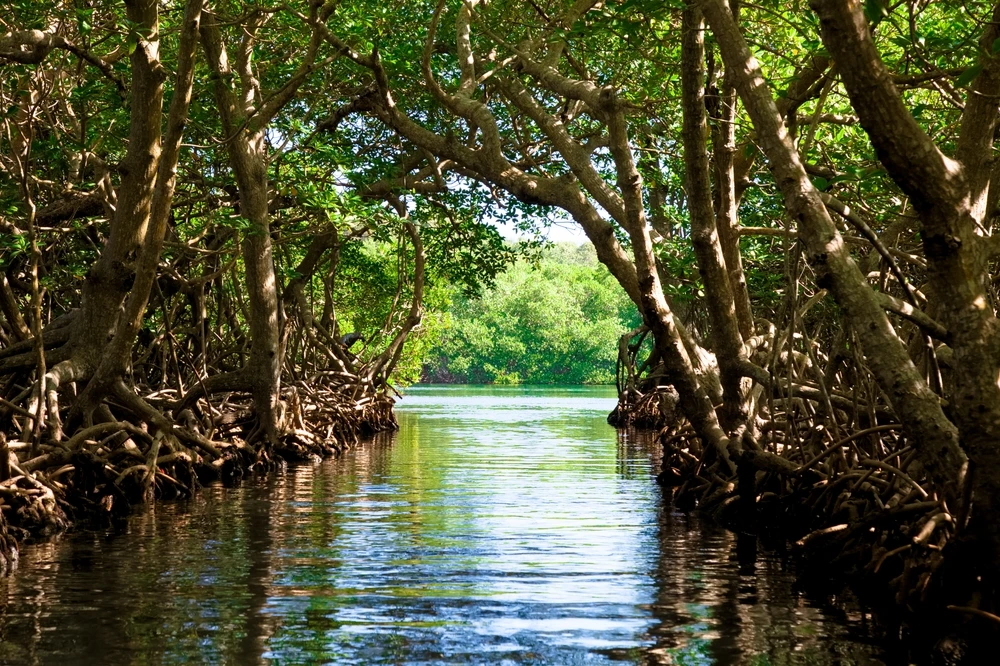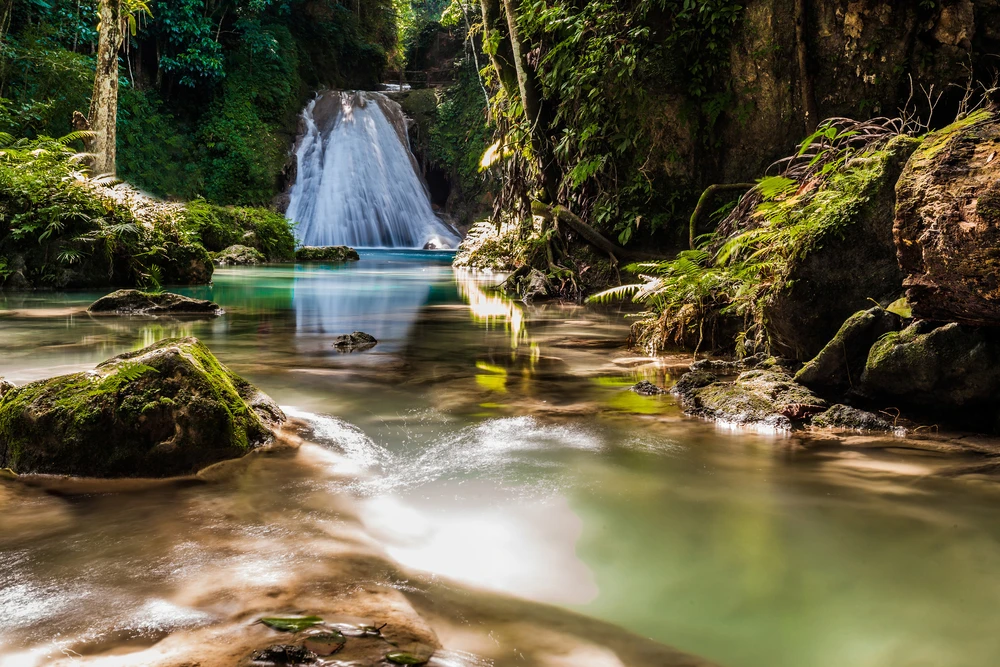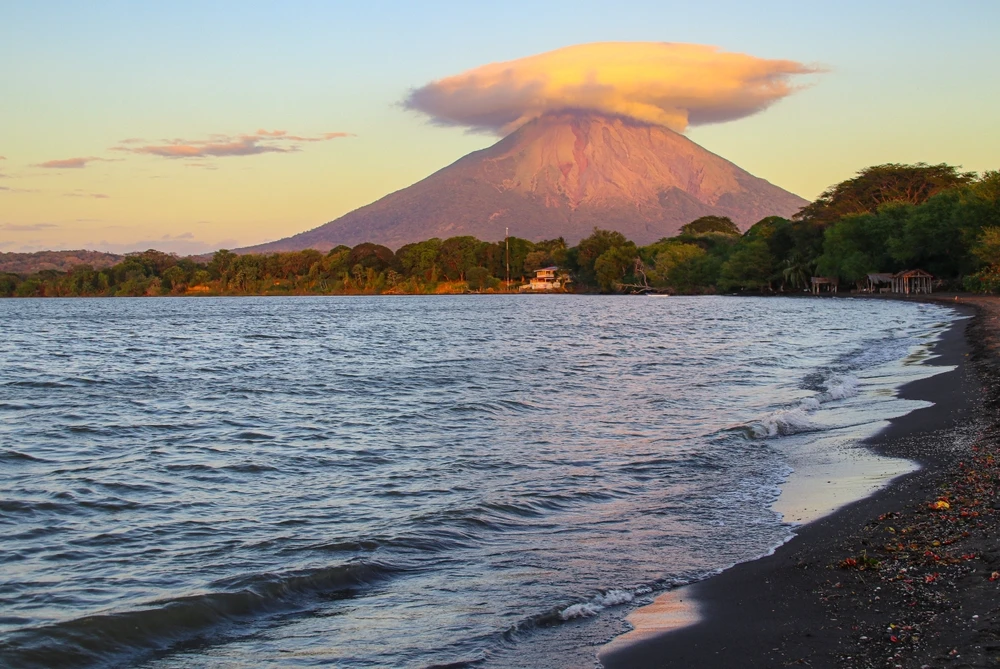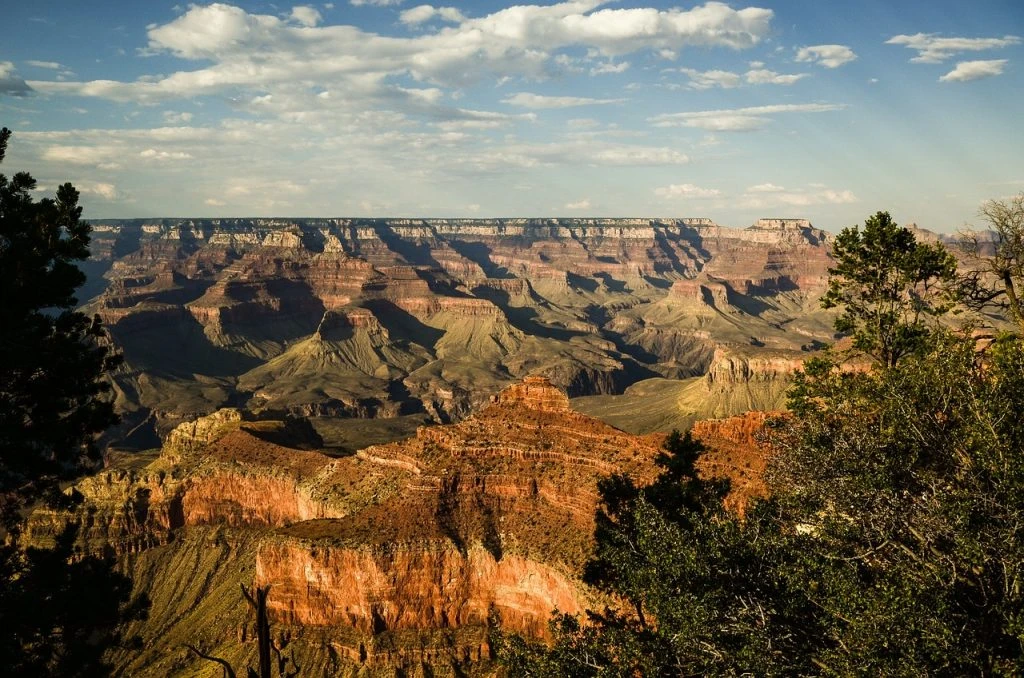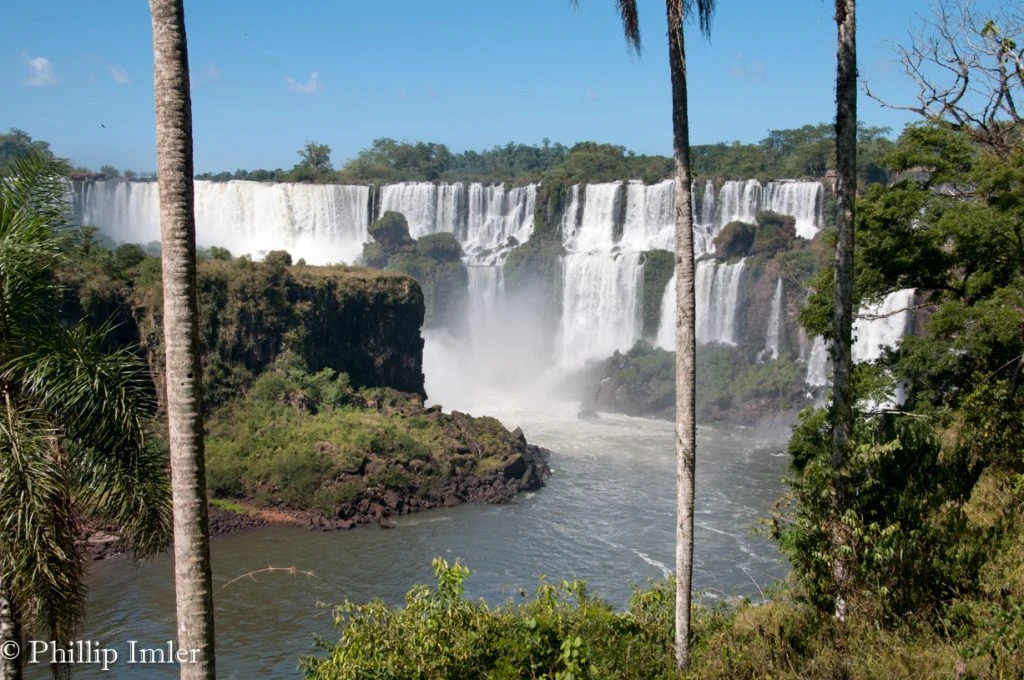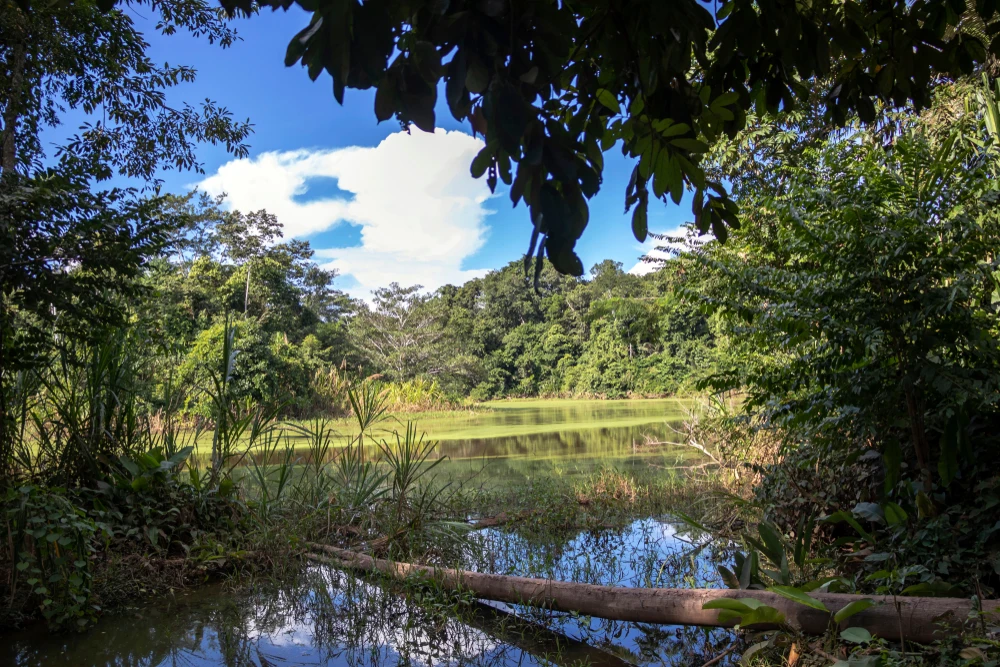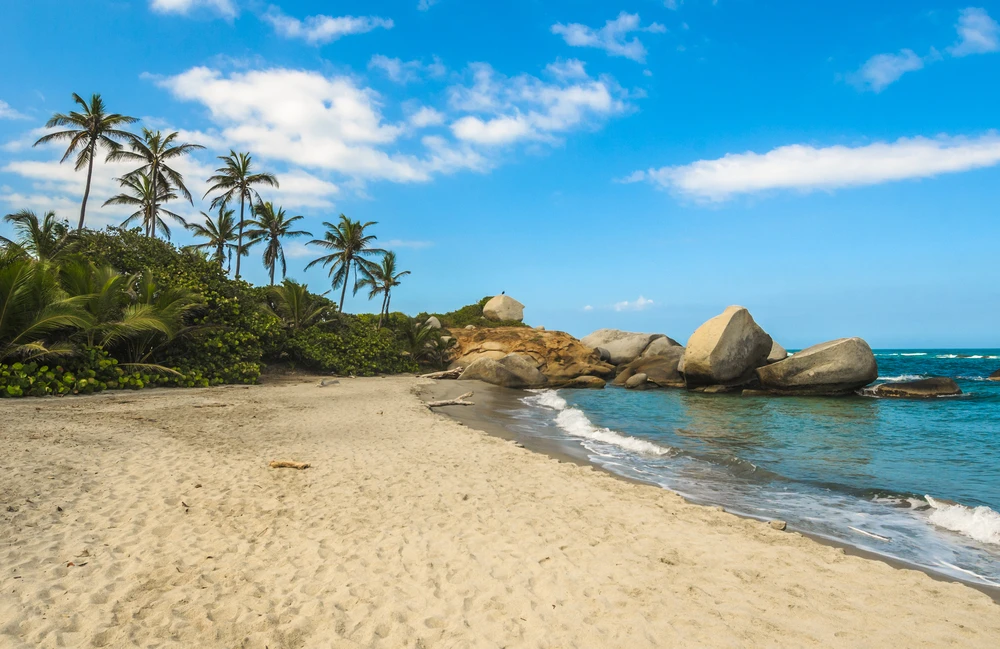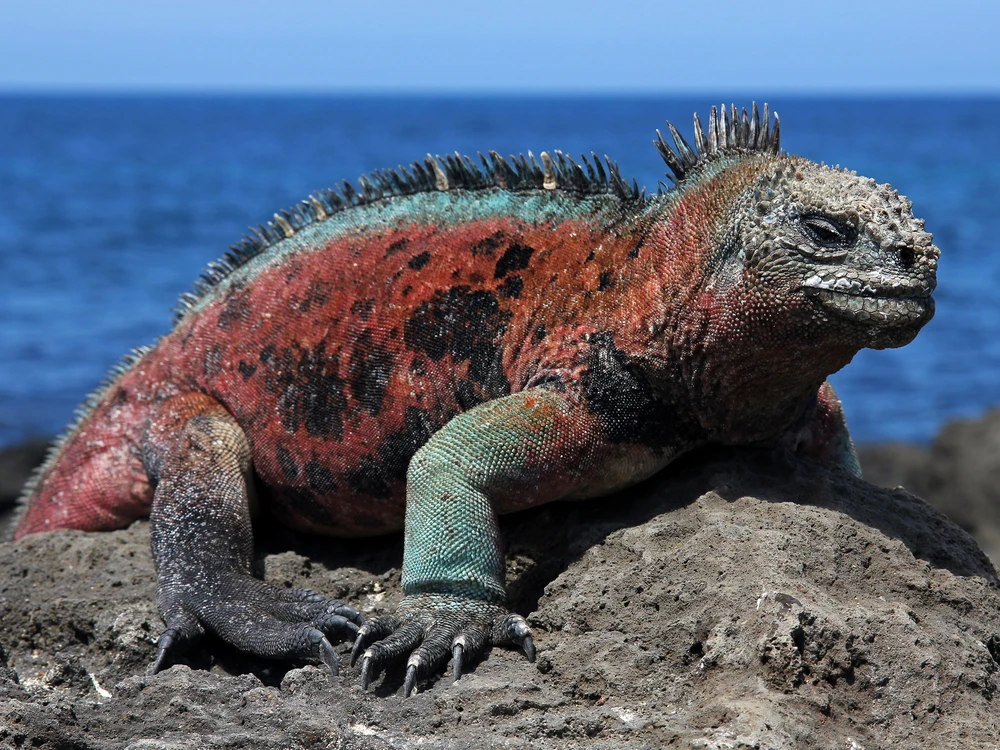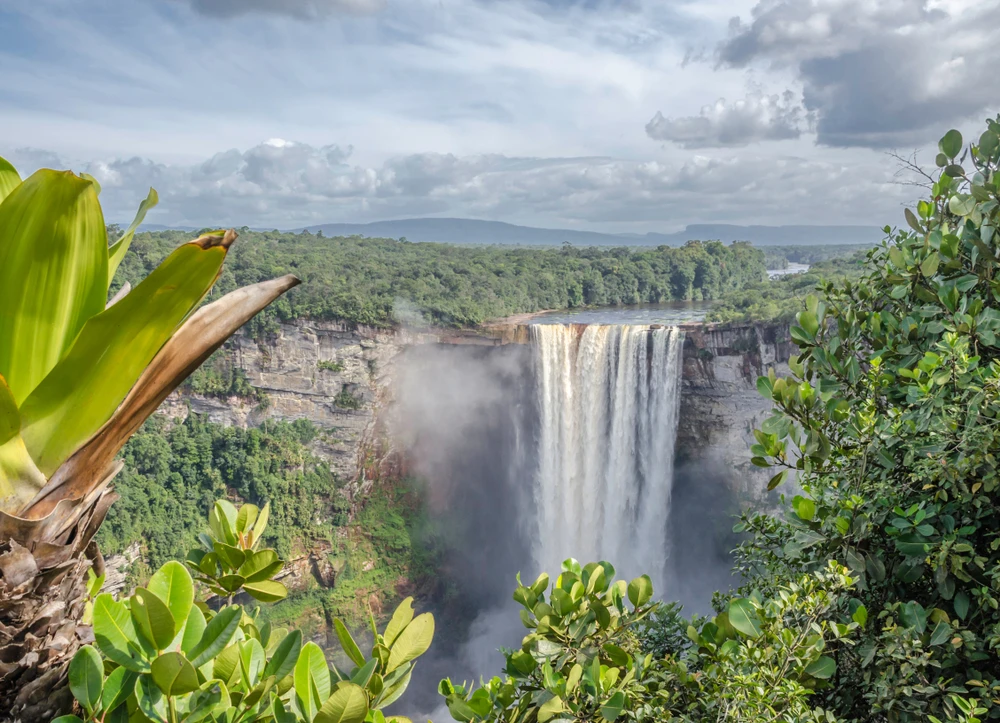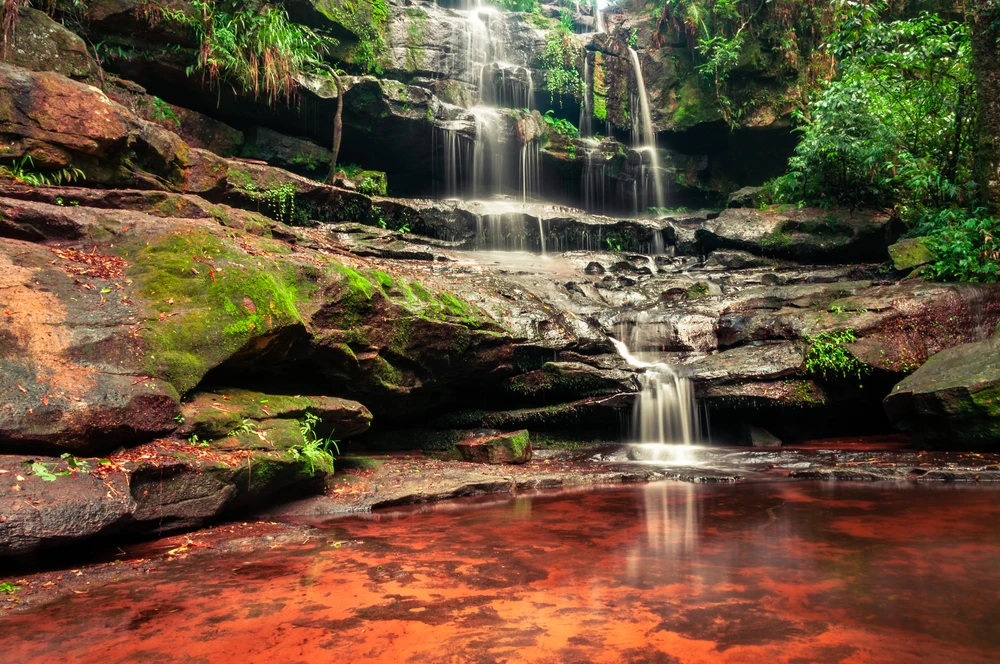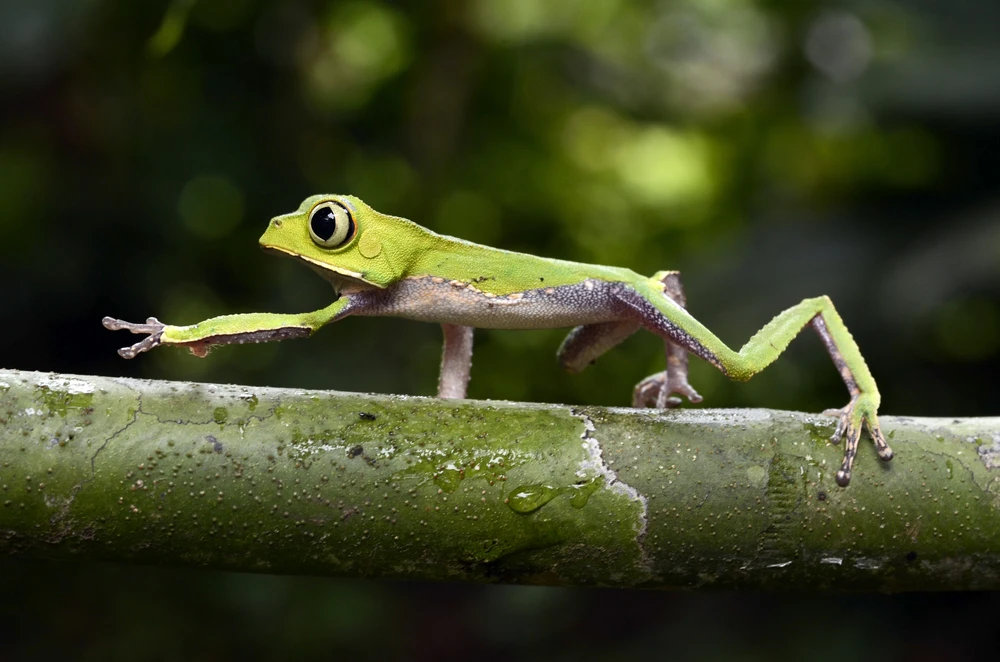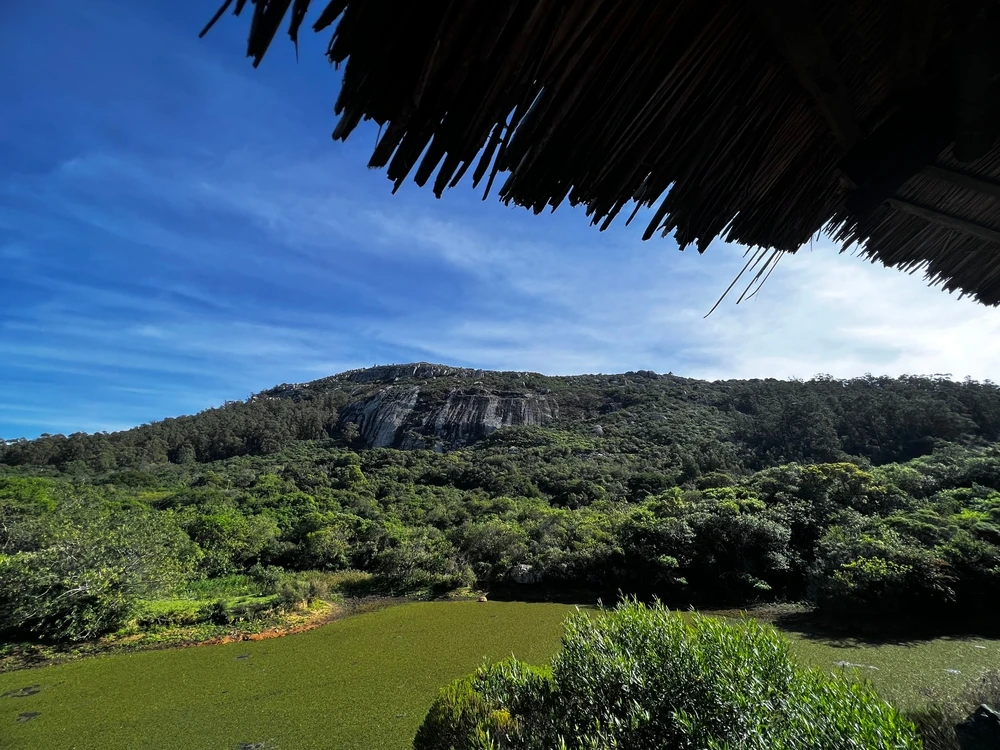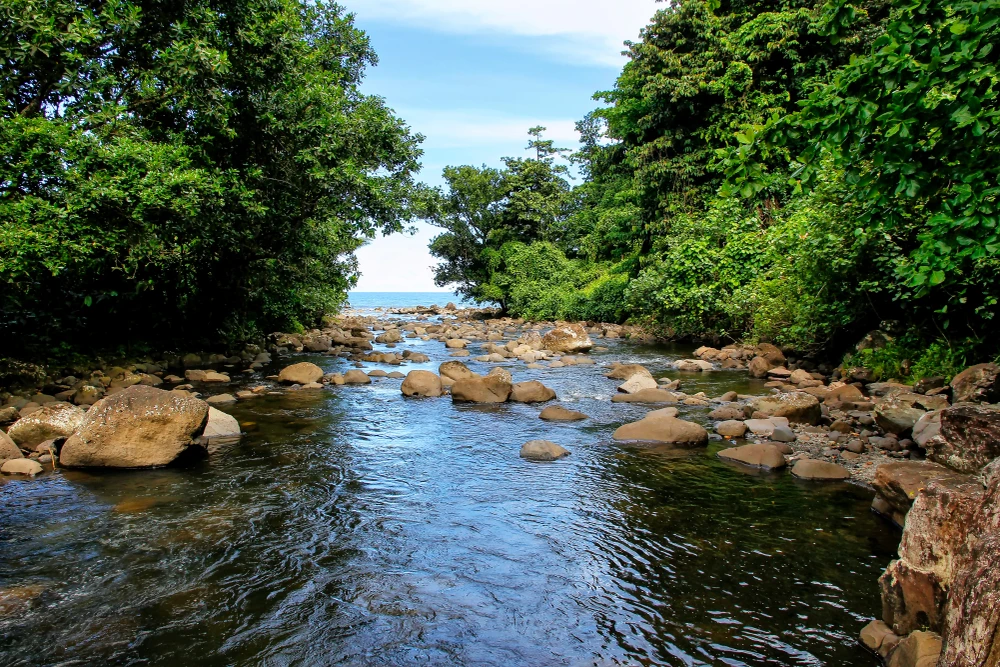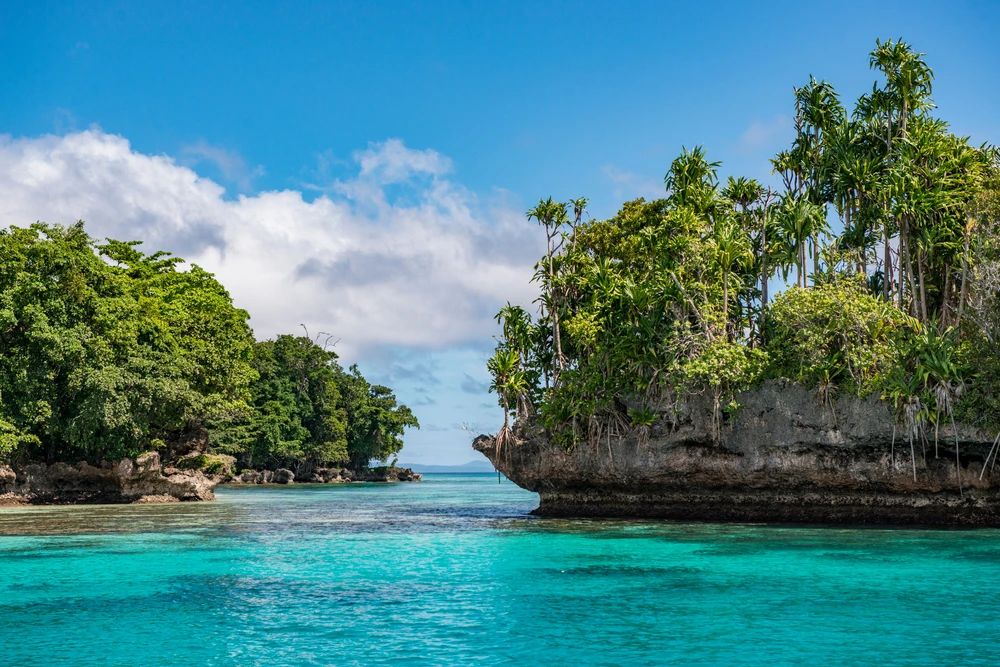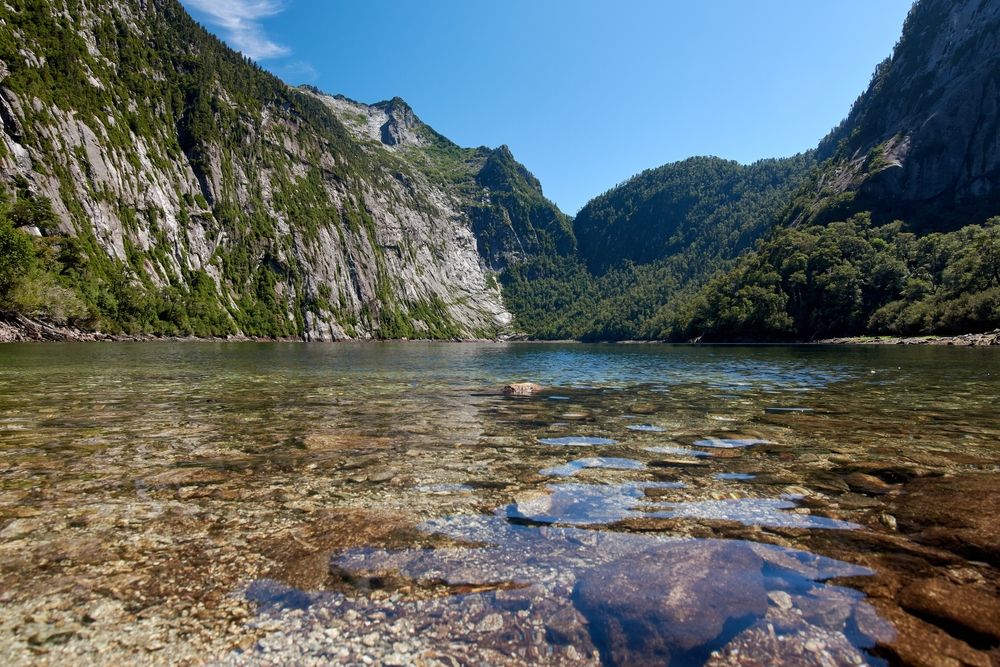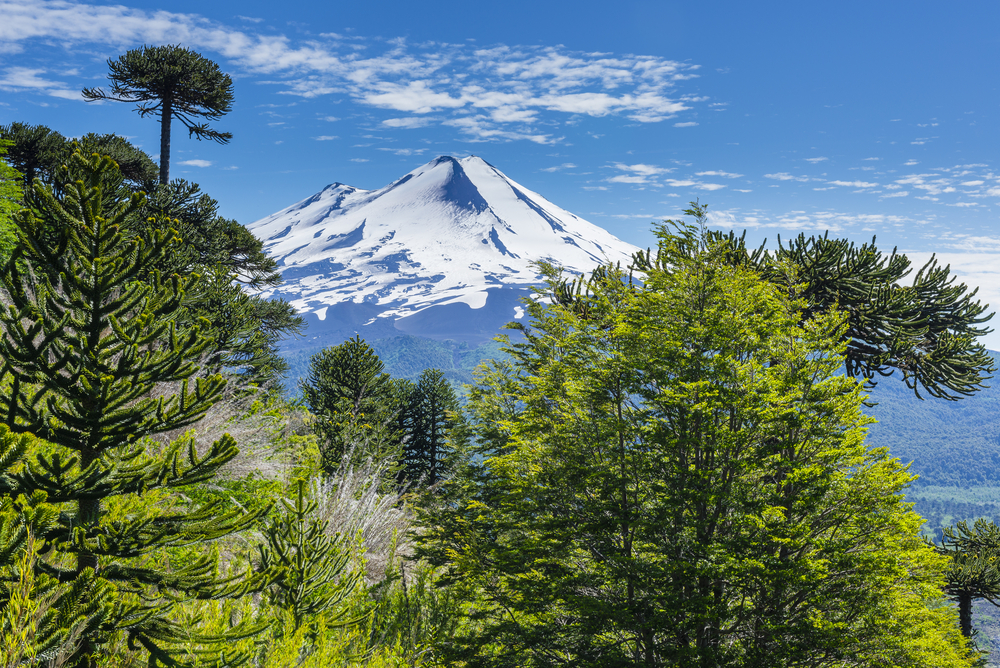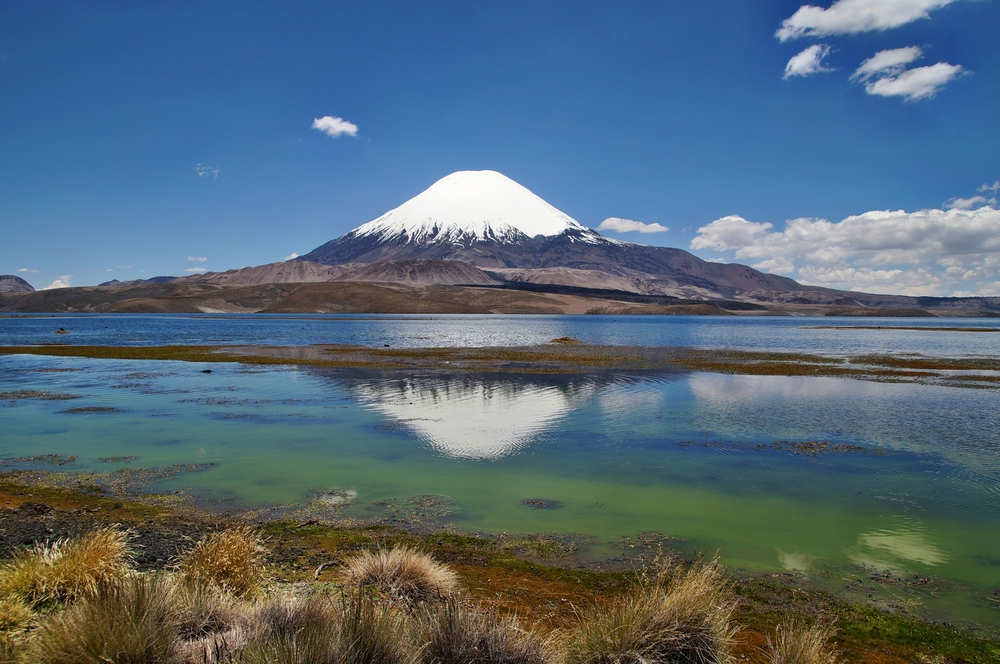Alerce Costero Overview
Alerce Costero National Park, or Parque Nacional Alerce Costero in Spanish, is located in southern Chile in the Los Ríos Region. Spanning approximately 97 square miles (250 square kilometers), the park protects an ancient temperate rainforest ecosystem, home to one of the oldest tree species in the world, the Alerce (Fitzroya cupressoides).
This protected area was established to conserve these towering trees, some of which are estimated to be over 3,500 years old. The park’s landscape is a mix of dense forests, rolling hills, and deep valleys, with elevations ranging from sea level to around 4,593 feet (1,400 meters) at its highest peaks. The rugged terrain is interspersed with rivers, waterfalls, and misty cloud forests that define the temperate rainforest characteristic of Chile’s coastal mountain range.
The vegetation in Alerce Costero National Park is lush and diverse, with a dense understory of ferns, mosses, and epiphytes that thrive in the humid conditions. Alongside the ancient Alerce trees, other prominent species include coigüe, tepa, and ulmo, which contribute to the thick canopy that shades much of the forest floor.
The cool, damp climate supports a variety of plant life, many of which are endemic to Chile’s Valdivian rainforest. The combination of towering trees, mist-covered landscapes, and the ever-present sounds of rushing water creates an immersive and almost prehistoric atmosphere within the park.
The park is home to an array of wildlife, including several species that are unique to Chile. Among the most notable mammals are the elusive puma, the small and rare Darwin’s fox, and the pudú, the world’s smallest deer. The thick forests also provide a sanctuary for numerous bird species, making the park an excellent destination for birdwatching.
Visitors may spot the striking Magellanic woodpecker, the chucao tapaculo with its distinctive calls, and the black-throated huet-huet, a bird known for its secretive nature. Amphibians such as the critically endangered Darwin’s frog also inhabit the park’s streams and moist understory, further emphasizing the ecological importance of this protected area.
One of the park’s most popular features is the Alerce Milenario, a towering tree believed to be over 3,600 years old, making it one of the oldest living trees on Earth. Trails leading to this ancient giant provide visitors with an awe-inspiring experience, highlighting the incredible longevity of the park’s most iconic species.
The park’s network of hiking trails offers a range of options for visitors, from easy walks through dense forests to more challenging treks that lead to scenic viewpoints overlooking the Pacific Ocean. The natural beauty of the park is enhanced by its relative remoteness, offering a sense of solitude and immersion in nature.
Visitors to Alerce Costero National Park can engage with the landscape through hiking, wildlife observation, and photography. Educational programs and guided tours provide insight into the park’s unique biodiversity and conservation efforts.
Due to the park’s fragile ecosystem, conservation measures are strictly enforced to protect the ancient trees and their surrounding environment. Deforestation, illegal logging, and climate change pose ongoing threats to the park, but conservation efforts have led to increased awareness and protection of the Alerce forests.
Sustainable tourism initiatives and scientific research continue to play a crucial role in preserving this extraordinary landscape for future generations.



